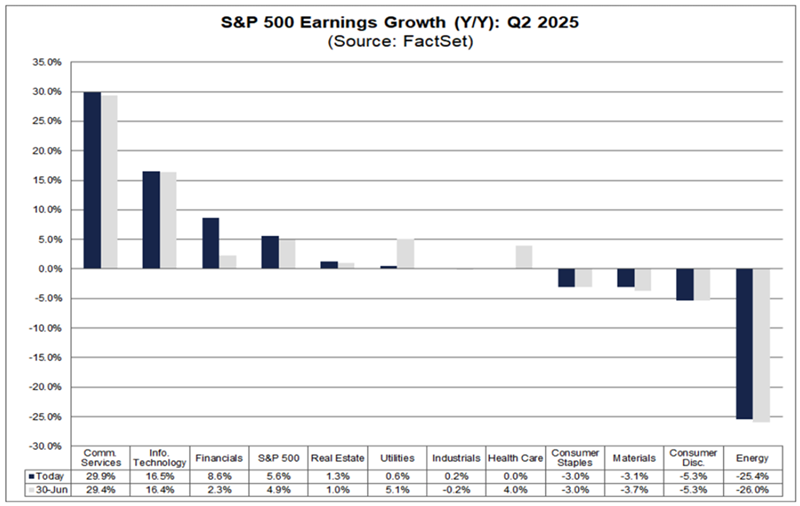When it comes to our favorite income investments—8%+ yielding closed-end funds (CEFs)—there are a lot of misconceptions out there.
It’s critical that we put those right, because they’re causing some investors to miss out on CEFs, and the big (and often monthly) dividends they provide. And I know I don’t have to tell you that in turbulent times like these, high payouts like those are a lifesaver.
Two of the biggest misunderstandings surrounding these funds are:
- CEFs have higher expense ratios than passive funds, and …
- You’re better off to buy stocks, such as Microsoft (MSFT), direct, on the open market, than through CEFs.


Recent Comments